Ronda – Andalusia – Spain
Ronda rests on a mountain top in Andalusia, Spain, and wears the crown for being the most enchanting of the Pueblos Blancos – White Towns.
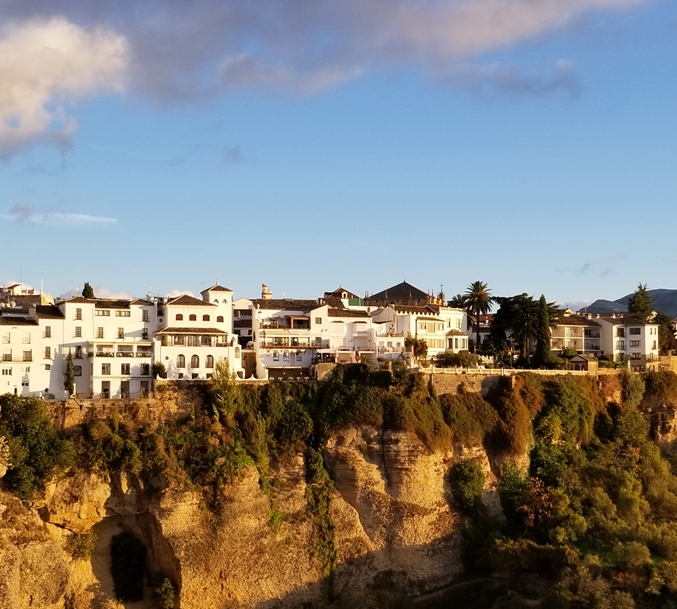
New Town (not so new) and the Old Moorish town of Ronda are separated by El Tajo, a dramatic, deep, and narrow gorge.
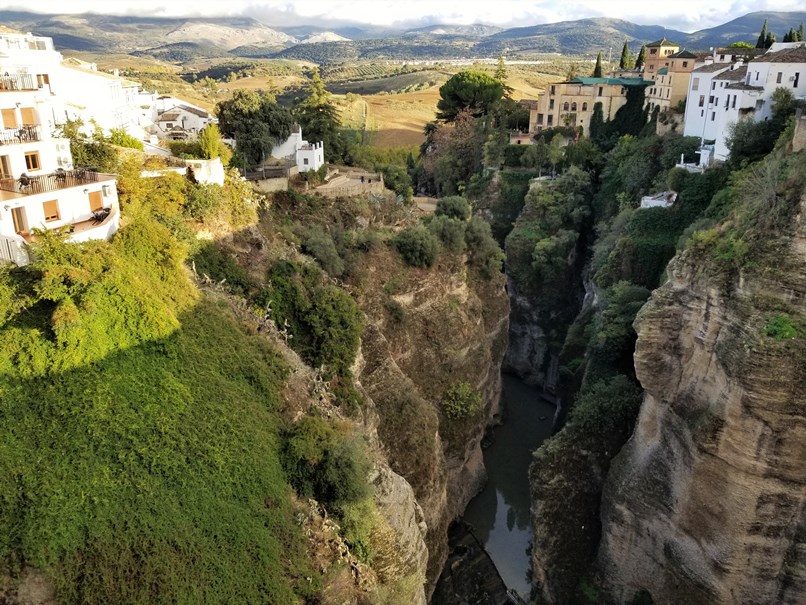
The so-called New Bridge, the unrivaled landmark of Ronda, was built after the Christian reconquest. It linked the Old Town-La Cuidad and the New Town-Mercadillo and was completed in 1973. This spectacular engineering feat took forty years to build, during which time fifty builders lost their lives. Above the bridge’s central arch is a chamber used as a prison during the 1936 – 1939 Civil War.
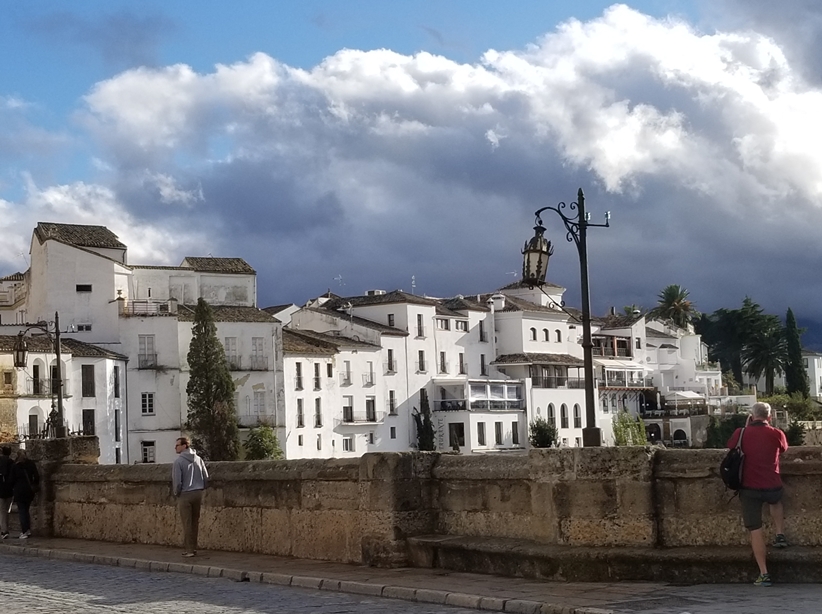
For unrivaled views of the bridge, the gorge, and the white houses that perch precariously on the edge of the ravine, the four-star Hotel Parador and the three-star Hotel Don Miguel are the places to stay. Both hotels are located on Plaza de España. While El Parador has more upscale decor and finesse, the views from the double rooms with balconies at Hotel Don Miguel and their outdoor restaurant and terrace are unbeatable. The staff are helpful, the rooms are spacious and clean, the beds are comfortable, the decor is simple and uncluttered, and the bathrooms are new and spacious.
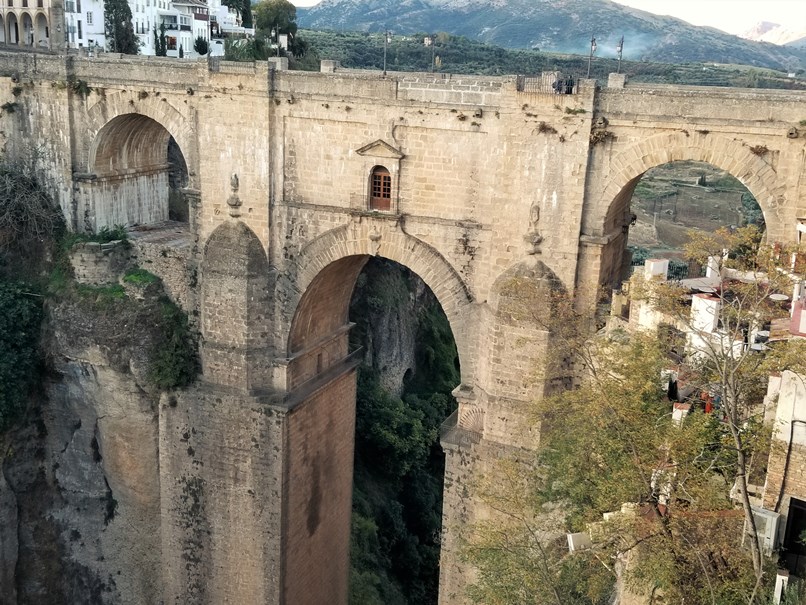
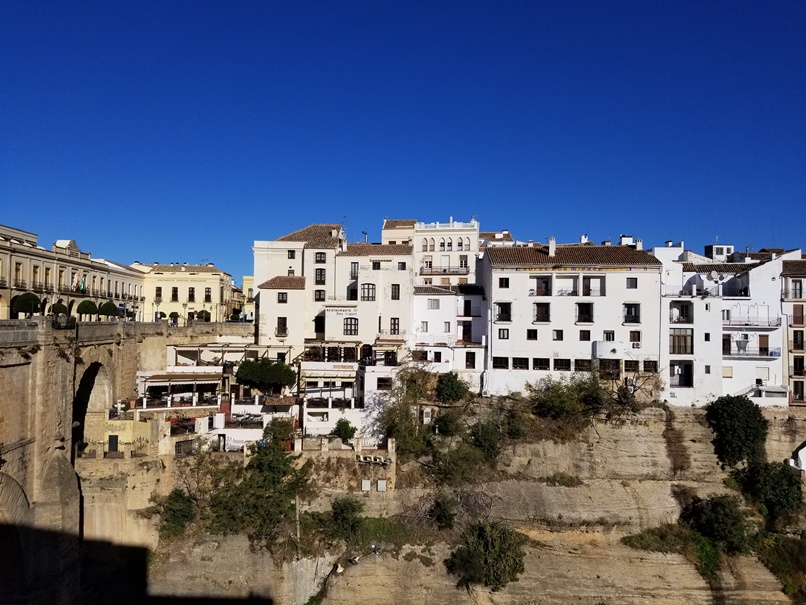
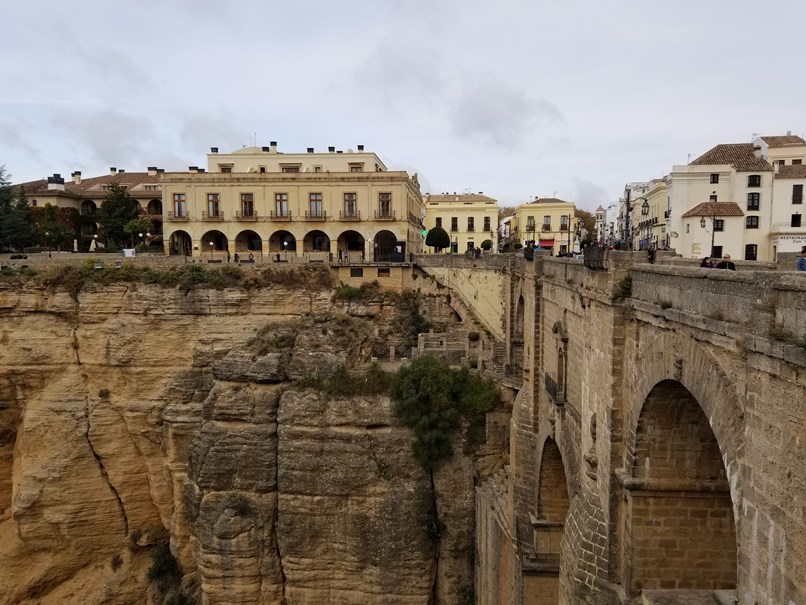
A five-minute stroll from Plaza de España along Calle Virgen de la Paz leads you to Plaza de Toros and the famous Real Maestranza bullring. Bullfighting was born in Ronda in May 1785, when the notorious rival bullfighters Pedro Romero and Pepe Hillo faced off at the bullring’s opening. Today the Corrida Goyesca takes place the first week of September and is spread over three days. However, the schedule of other bullfights throughout the year is sketchy.
The bullring now houses a museum that pays homage to Ronda’s prominent role in the history of bullfighting, which includes displays of the gorgeous outfits of famous matadors.

Carrera Espinel, known by locals as Calle la Bola, is a pedestrian-only street lined by clothing stores, bars, and restaurants. Make a left on Calle Virgen de Los Romedios to reach Plaza del Socorro, a vibrant plaza in the heart of New Town, with a beautiful fountain of Hercules and two lions at its center.
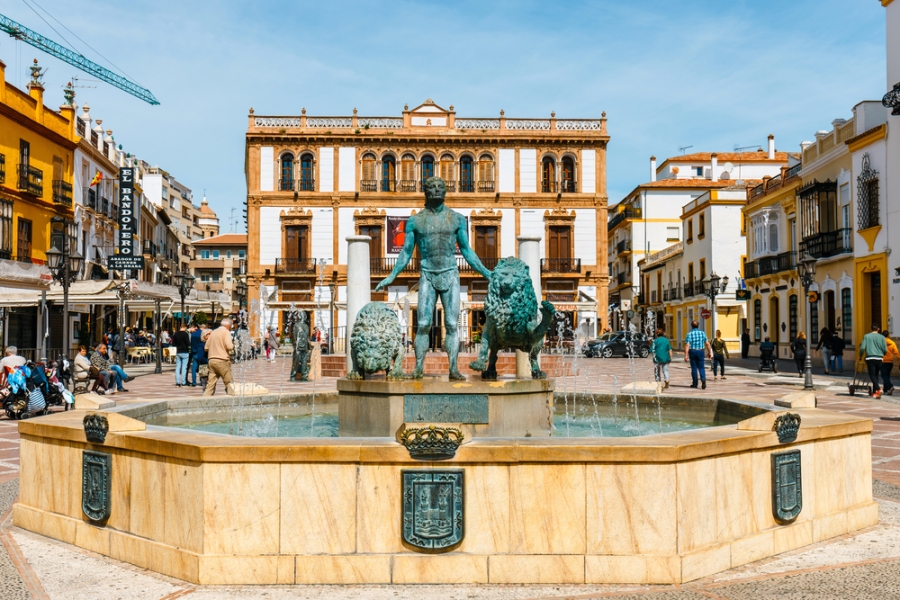
Cross the New Bridge into Old Town with its twisting, winding, cobblestone streets, white houses, lacey iron balconies, sunflower-yellow trimmed windows, potted plants, and charming storefronts.
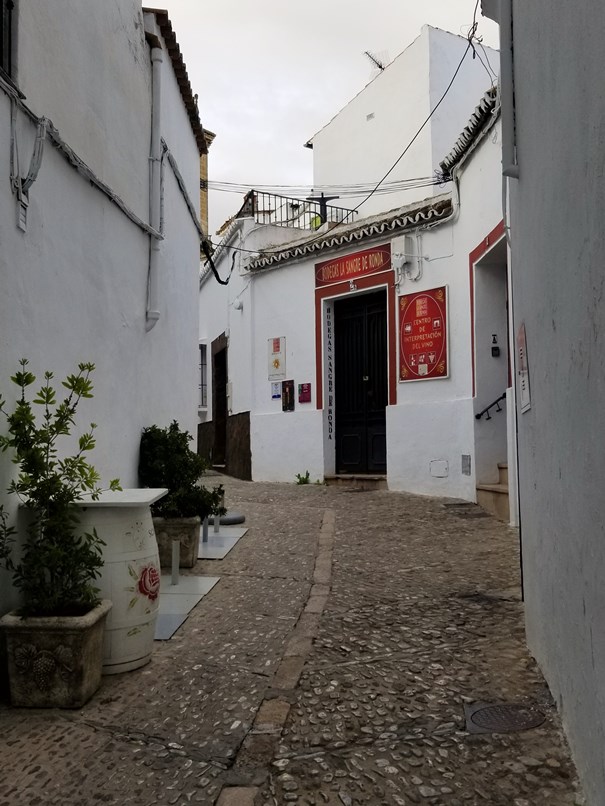
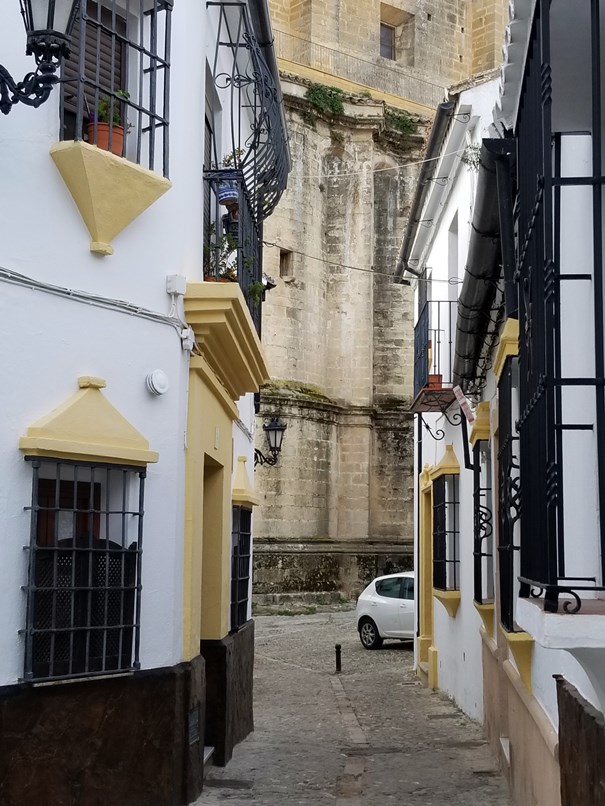
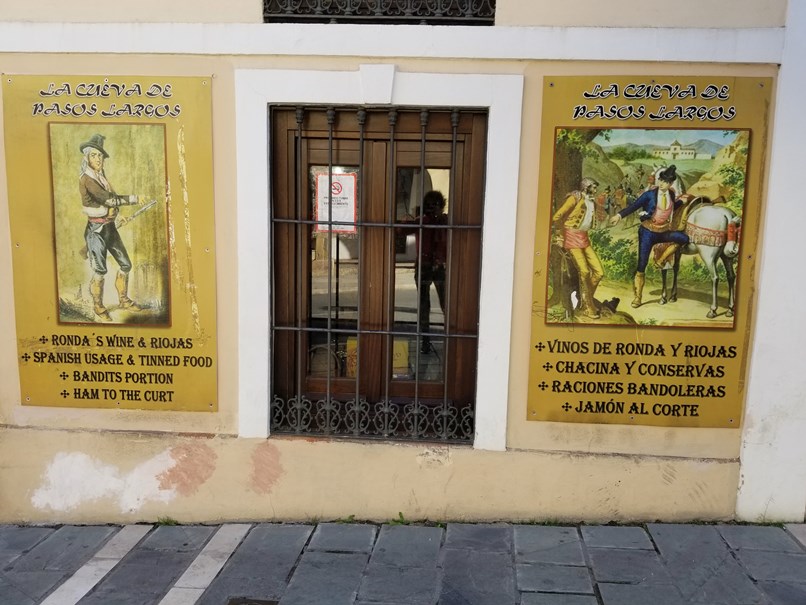
The unusual and fun-filled Casa Palacio Museo Lara – the Count of the Batanes Islands’ palatial house – is a private museum with a multitude of enticing and varied displays. From antique clocks and typewriters to vintage guitars, witchcraft, science, photography, romance, and the Spanish Inquisition.
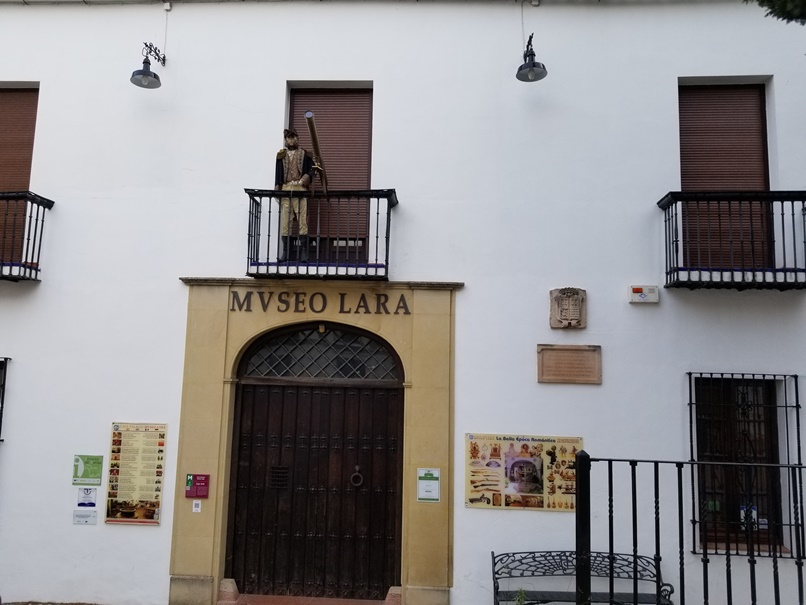
A visit to Casa del Rey Moro (House of King Moro) and the Water Mine is not to be missed. In the early 14th Century, during the Moorish rule of Ronda, King Abomelik ordered the creation of a water-mine to be cut into the gorge. The mine is a vertical passageway carved into the wall of El Tajo Gorge that ends in the Guadalevin River. The entrance to the mine is reached through a doorway in the garden where two hundred and thirty-one steps lead past the Armory, the Water Wheel, and the Hall of Secrets, to the still, turquoise green waters of the river flanked by the grandeur of the towering stone walls of the ravine. The mine and fortress built to protect Ronda’s valuable water source is a marvel of medieval engineering. Water was brought to the surface by a human chain of slaves passing skin bags of water called “zagues,” from one to another, all the way to the top.
In 1485, Ronda was conquered by the Marquis of Cadiz and his troops. The water wheel was destroyed, Ronda’s water supply was cut off, and centuries of Moorish rule came to an end.
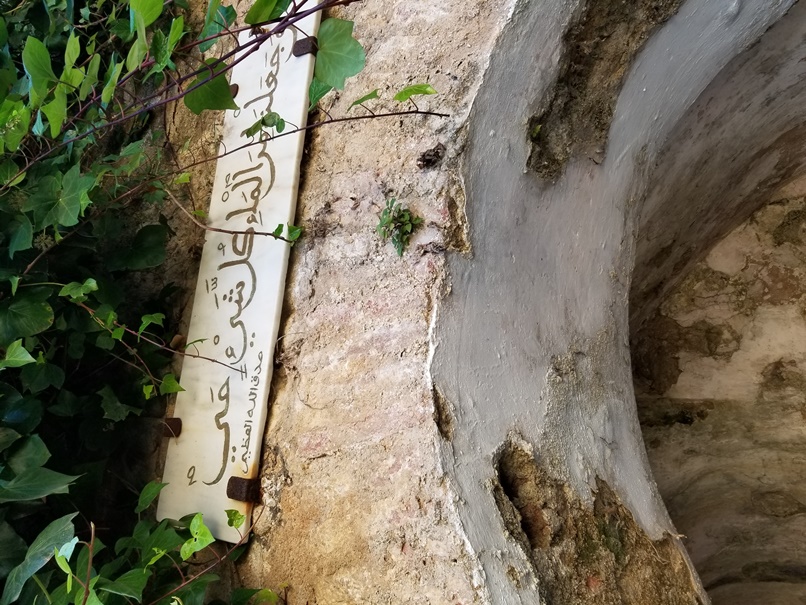
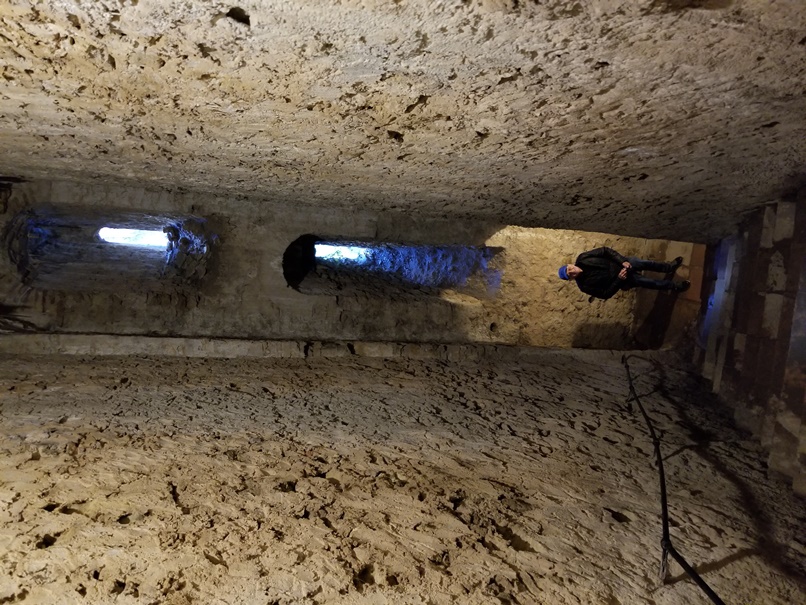
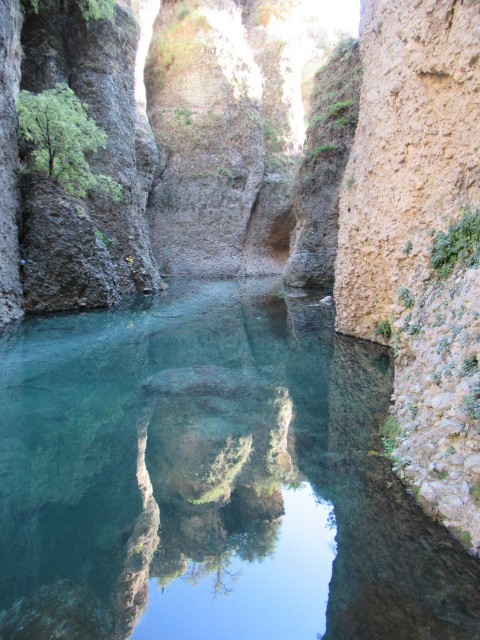
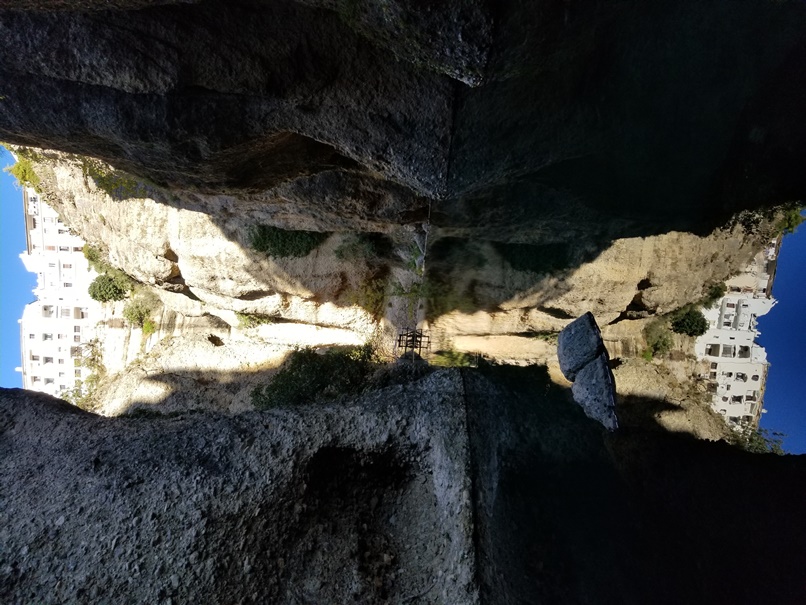
Allow some time to wander through the tranquil Casa del Rey Moro Mediterranean -style gardens, a harmonious blend of a Spanish-Moorish garden with some geometric elements of a French garden. Note: The name Casa del Rey Moro (The House of King Moro) is misleading. No king ever lived in the house. It was built four centuries after the mine when Moorish rule was a mere memory
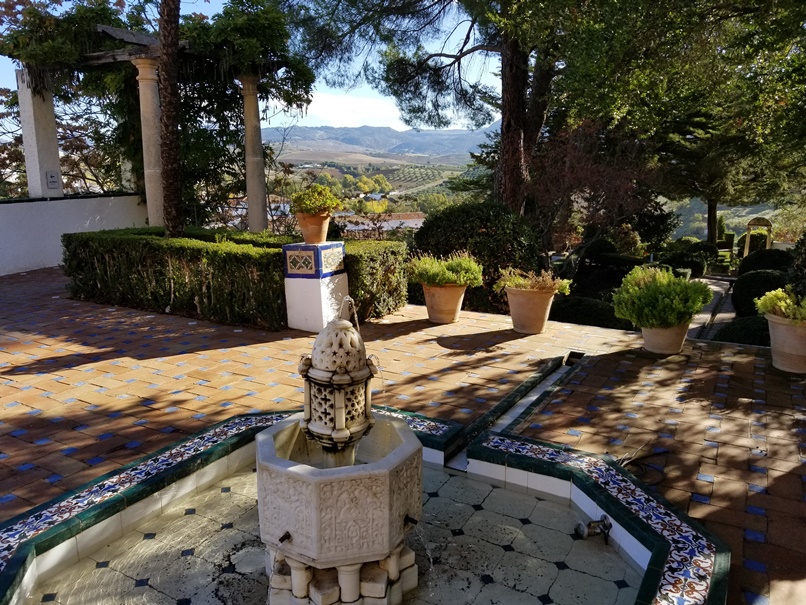
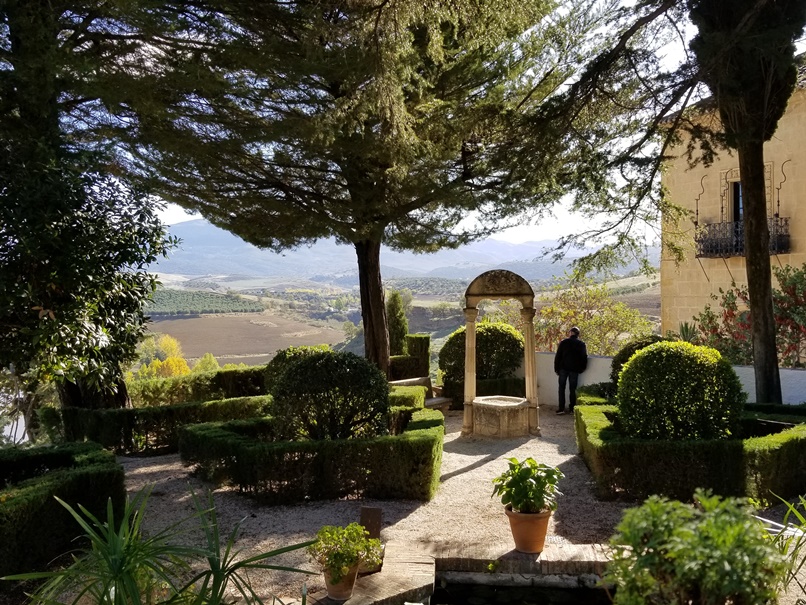
There is much to discover in Old Town-La Cuidad. Iglesia de Santa Maria la Mayor overlooking Plaza Duquesa has an unusual façade that resembles a three-story cloister with archways and columns. It is crowned by an octagonal cupola and a turret that displays elements of Christian and Moorish design. Originally built in the 14th Century as a mosque, it became a church in 1485 after the Christian reconquest. The unusual balconies were added during King Ferdinand II’s reign to enable the wealthy Ronda nobility to watch tournaments and bullfights in the square.
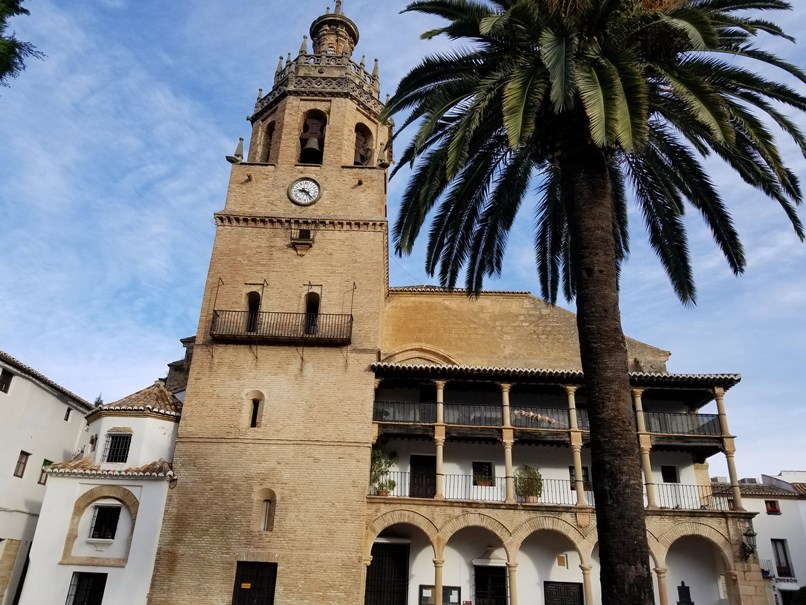
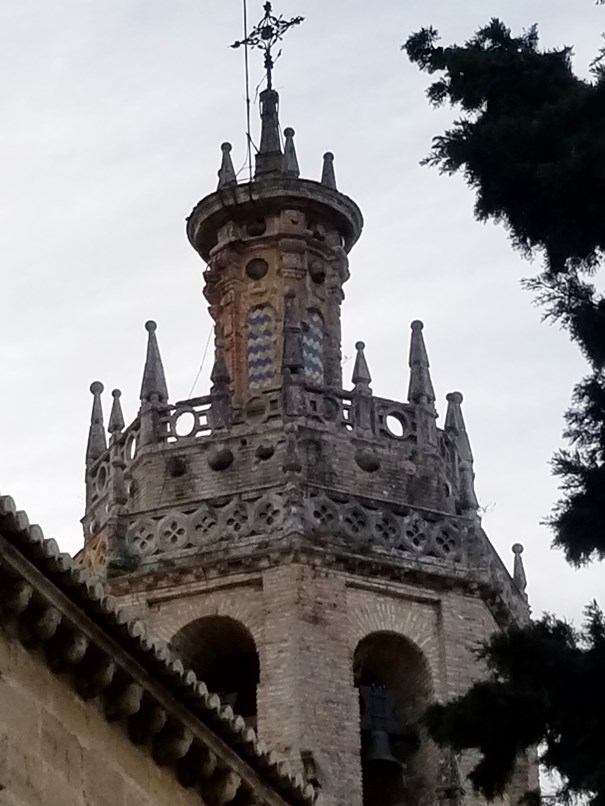
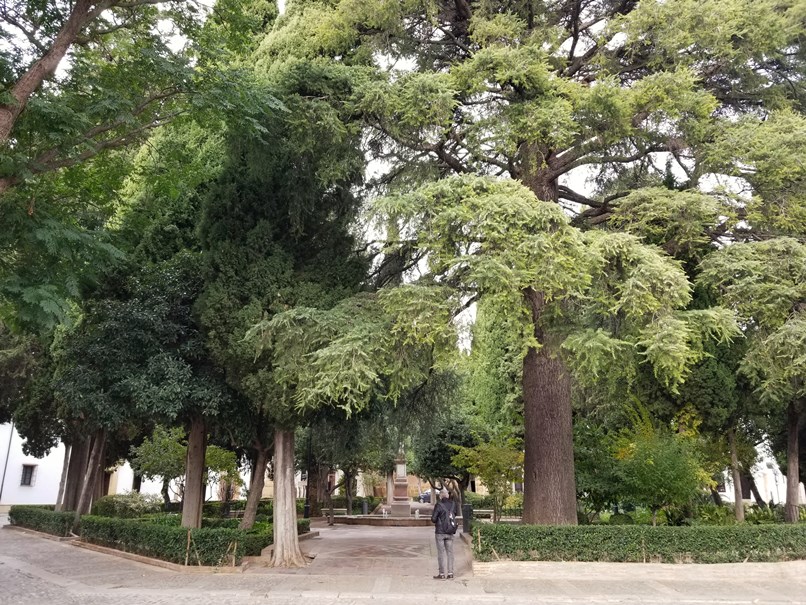
Visit the ancient Arab baths where Muslims would wash before prayer; the Old Bridge built in 1616; and Iglesia del Espiritu Santo, which sits like a fortress a short distance from Puerta de Almocábar – the fortified 13th century Moorish stone gates.
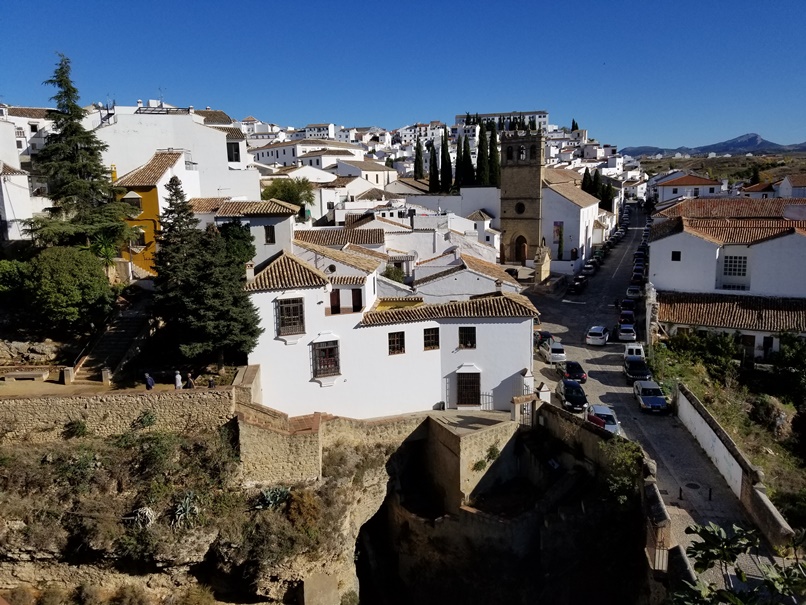
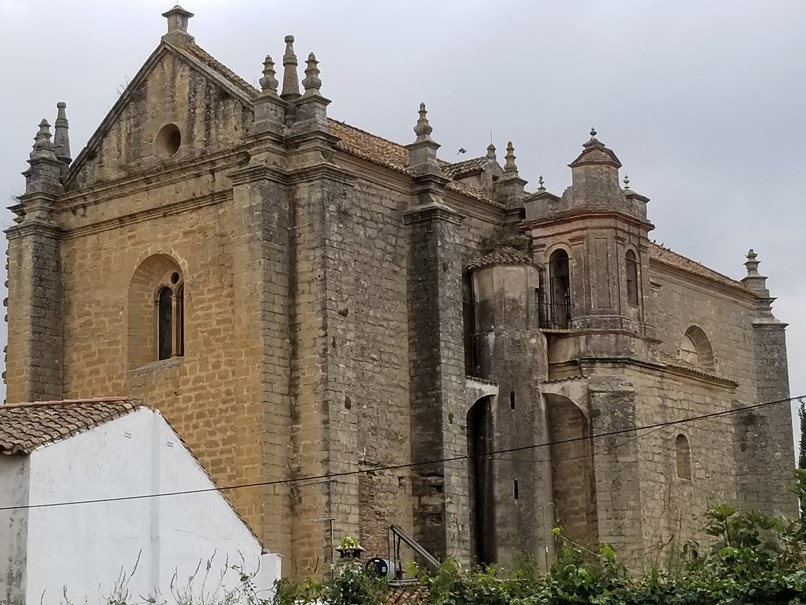
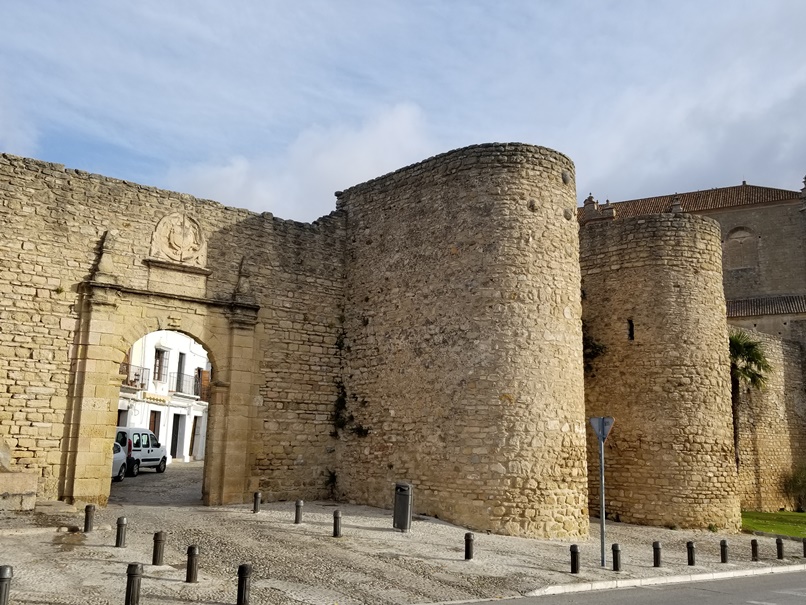
The strategic fortified walls of Ronda are said to date back to Roman times. After the Moors conquered Ronda, they built their fortified castle Alcazaba, in this location. Alcazaba was partially destroyed during the siege of Ronda in 1485 and subsequently by French troops several centuries later during the Peninsular War of 1812. Sadly, additional damage was meted out in the early 20th Century due to the widening of the street and the Castillo School’s construction. However, what remains today still consists of a significant part of the original Moorish structure.
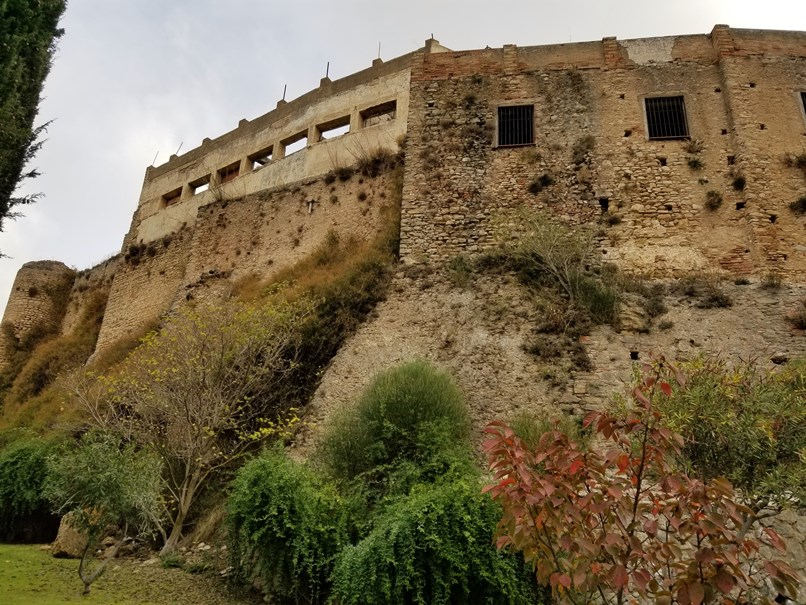
Stop in at the 16th Century Palacio de Mondragon, which boasts patios with views of Tajo Gorge and the Noble Hall with its Moorish Mudejar ceiling. Today it’s an archaeological museum.
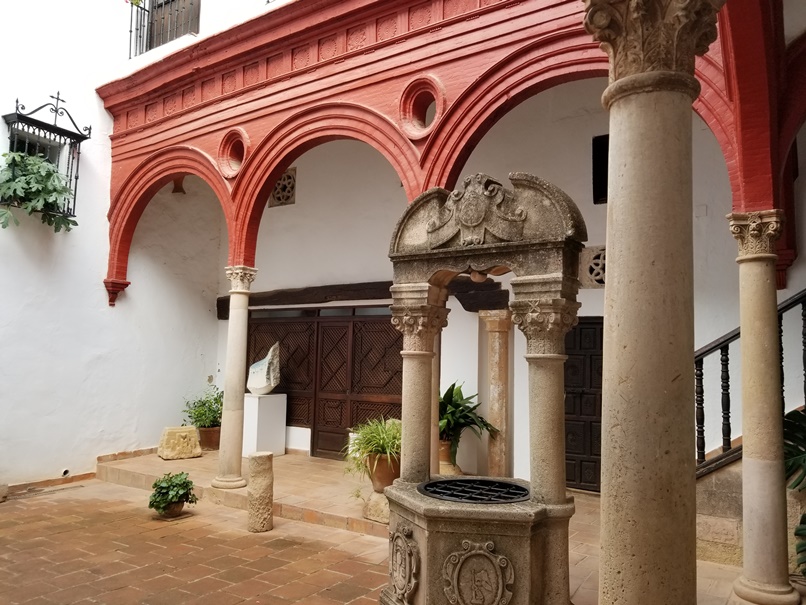
The home of Don Bosco (named in honor of St. John Bosco, an Italian priest) was the private residence of the wealthy Granadinos family. Built in the early 20th Century, it nestles in the winding lanes of La Cuidad. The sweeping panoramic views from the restful gardens and indoor patios, the walls upholstered in tapestry, the carved wooden doors and furniture, and the indoor courtyard where light filters through a glass ceiling highlighting the artwork and ceramic tiles, are exquisite. The home was eventually donated to the Salesian Order of priests as a retirement home.
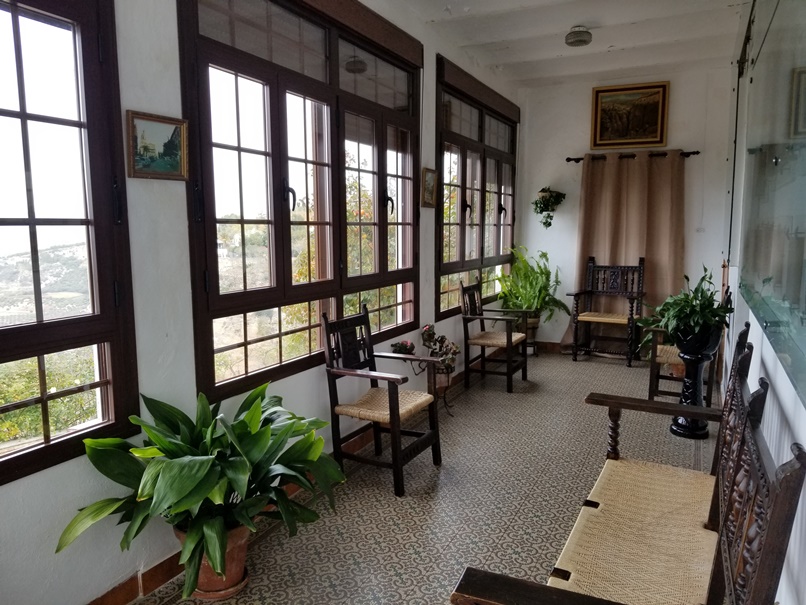
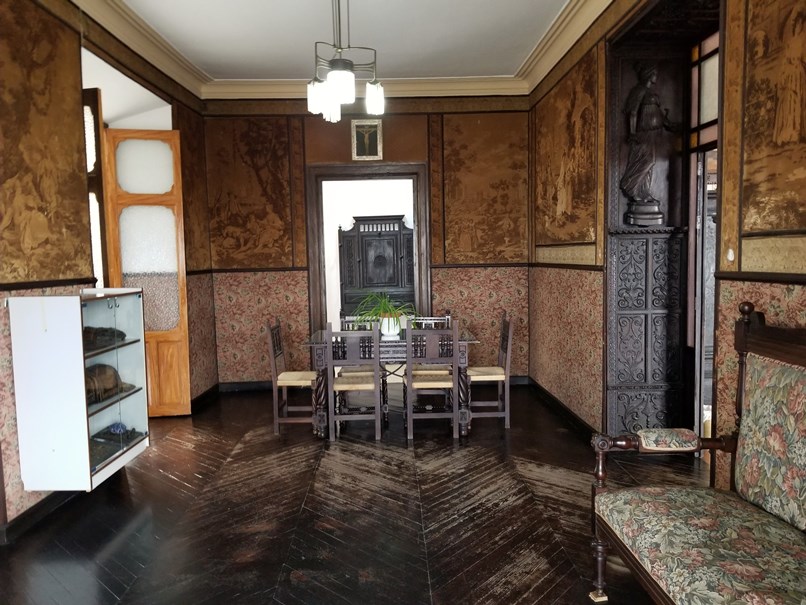
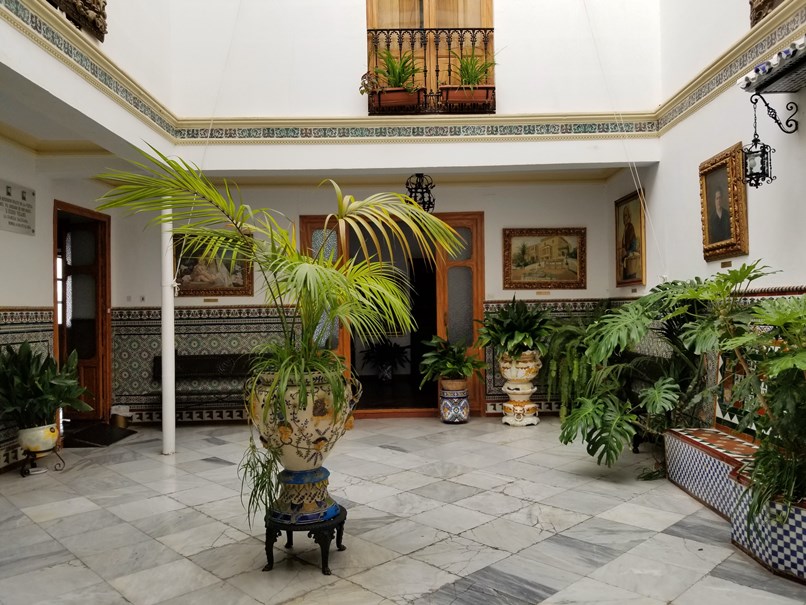
I highly recommend staying in Ronda for a couple of nights to enjoy discovering all that it has to offer. We made it our base for five nights and visited The Alhambra in Grenada, Malaga, Torremolinos, and other Pueblos Blancos. Hordes of visitors flood Ronda from mid-morning until mid-afternoon. Mornings from 9 am until 11.30 am and afternoons, when the tour buses depart, are the best times to explore Ronda.
